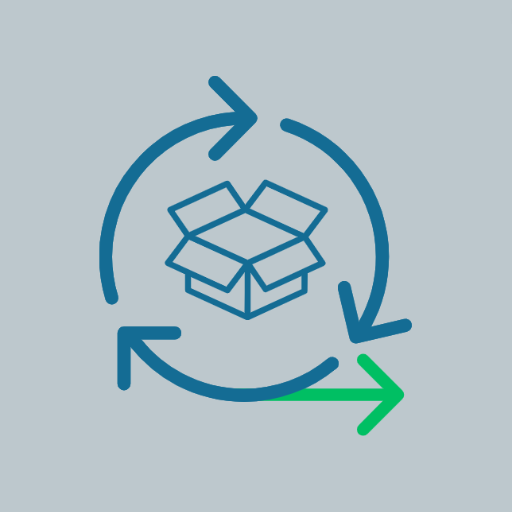SCRUM Story Refinement-SCRUM user story refinement tool.
AI-powered user story refinement for SCRUM teams.
Start
Related Tools
Load More
Stories for Jira Backlog
Create a Story description ready to be implemented by the developers

Scrum Master Assistant
Your powerful AI-powered Scrum Master assistant. Ask me any Scrum-related questions!

Bob The BA - User Story
A Business Analyst That Creates User Stories

Jira Ticket Helper
Help to define a user story ticket based on the information provided

Produtiva: Agile Product Owner
Your Product Management partner

Agile User Story Writer
I craft formal user stories for agile teams.
20.0 / 5 (200 votes)
SCRUM Story Refinement Overview
SCRUM Story Refinement focuses on improving the quality, clarity, and precision of user stories in Agile development processes. Its core purpose is to ensure that user stories are well-defined, actionable, and testable by applying industry-standard techniques like the INVEST and RFV models. It helps teams break down high-level concepts into concrete, manageable tasks, ensuring each story provides clear value, is properly sized, and ready for execution. For example, SCRUM Story Refinement would take a vague story like 'Improve website performance' and refine it into actionable tasks, with a focus on outcomes, acceptance criteria, and testing specifics. This service ensures that stories are aligned with Agile principles, reducing ambiguity and minimizing the risk of misunderstandings during development.

Key Functions of SCRUM Story Refinement
Applying the INVEST model for story refinement
Example
A user story like 'As a user, I want faster page loading' might fail the INVEST criteria due to a lack of testability or clarity. Using the INVEST model, SCRUM Story Refinement would rework the story into 'As a user, I want the homepage to load in under 3 seconds to improve my browsing experience.' This version is testable, specific, and measurable.
Scenario
During backlog refinement meetings, SCRUM Story Refinement ensures that user stories meet the INVEST criteria: Independent, Negotiable, Valuable, Estimable, Small, and Testable, resulting in a backlog of actionable and properly sized stories.
Breaking down high-level user stories into manageable tasks
Example
A story like 'Implement user authentication' is broad and could lead to scope creep. SCRUM Story Refinement breaks it down into smaller stories like 'As a user, I want to register with my email so I can log in securely' and 'As a user, I want to reset my password if I forget it.'
Scenario
In sprint planning, the team identifies high-level stories that need refinement. SCRUM Story Refinement breaks them into smaller, more manageable tasks that can be completed within a sprint, making it easier for developers to estimate and execute them.
Clarifying acceptance criteria for each user story
Example
For a story such as 'As a user, I want to see personalized recommendations,' SCRUM Story Refinement adds acceptance criteria like 'Recommendations should be based on past purchases' or 'Recommendations should update in real-time based on browsing behavior.'
Scenario
Before the start of a sprint, the SCRUM Story Refinement process ensures every story has clear acceptance criteria so that developers and testers know exactly when a feature is complete, reducing the chance of rework or miscommunication.
Target User Groups for SCRUM Story Refinement
Agile Development Teams
Development teams working within SCRUM or other Agile frameworks are the primary users of SCRUM Story Refinement. These teams benefit by having more precise, actionable, and testable user stories, reducing uncertainty during sprints and improving delivery times. They rely on SCRUM Story Refinement to clarify vague requirements, break down stories into manageable chunks, and ensure stories are ready for development.
Product Owners and SCRUM Masters
Product Owners and SCRUM Masters use SCRUM Story Refinement to ensure that the backlog is in good shape and ready for upcoming sprints. Product Owners benefit by having user stories aligned with business goals and providing clear value, while SCRUM Masters use the service to ensure the stories are well-defined and adhere to Agile principles, keeping the team focused and productive.

How to Use SCRUM Story Refinement
Step 1
Visit aichatonline.org for a free trial without login, no need for ChatGPT Plus.
Step 2
Familiarize yourself with SCRUM principles such as INVEST and RFV to fully benefit from the refinement process.
Step 3
Start by submitting your user story; ensure it includes basic role, feature, and value components.
Step 4
Analyze the story against the INVEST criteria, refine based on clarity, independence, and testability.
Step 5
Review open questions and issues that arise during refinement, and iterate based on feedback.
Try other advanced and practical GPTs
Dog Breed Identifier
AI-powered Dog Breed Identification

Song Writer
AI-powered lyrics in your favorite style.

DarksAI: Detective Stories Game
Solve Mysteries with AI-Powered Stories

Geography Guesser
AI-powered Location Guessing Game

产品设计小能手
AI-powered product design made easy

Product10x Copilot
Transforming Ideas into Product Specs with AI

Transcription Meeting Summarizer
AI-powered summaries for your meetings.

OnlyCats
AI-generated cat art for every mood

YouChat
Unlock Insights with AI-Powered Video Analysis

Code run
AI-powered code execution at your fingertips

DIVA
AI-powered Advertising Insights
Krish Naik AI Guide
AI-Powered Mock Interviews for Data Science Mastery
- Product Management
- Agile Workflow
- Backlog Grooming
- Sprint Planning
- Story Refinement
SCRUM Story Refinement Q&A
What is SCRUM Story Refinement?
It’s a process that helps refine and improve user stories in SCRUM, ensuring they are clear, independent, and testable. The tool leverages the INVEST method and RFV model for optimization.
How does SCRUM Story Refinement enhance product development?
By refining user stories to meet clear standards, it ensures better sprint planning, reduces development risks, and aligns stories with business value.
Can SCRUM Story Refinement handle complex stories?
Yes, but the tool encourages breaking down complex stories into smaller, manageable tasks, which aligns with SCRUM best practices.
Is the tool suitable for teams new to SCRUM?
Absolutely. The tool provides structured feedback, helping new teams understand key SCRUM concepts like INVEST and RFV, while improving their backlog refinement.
Does SCRUM Story Refinement support integration with project management tools?
Currently, it operates as a standalone refinement tool, but its output can easily be incorporated into tools like Jira, Trello, or Asana.